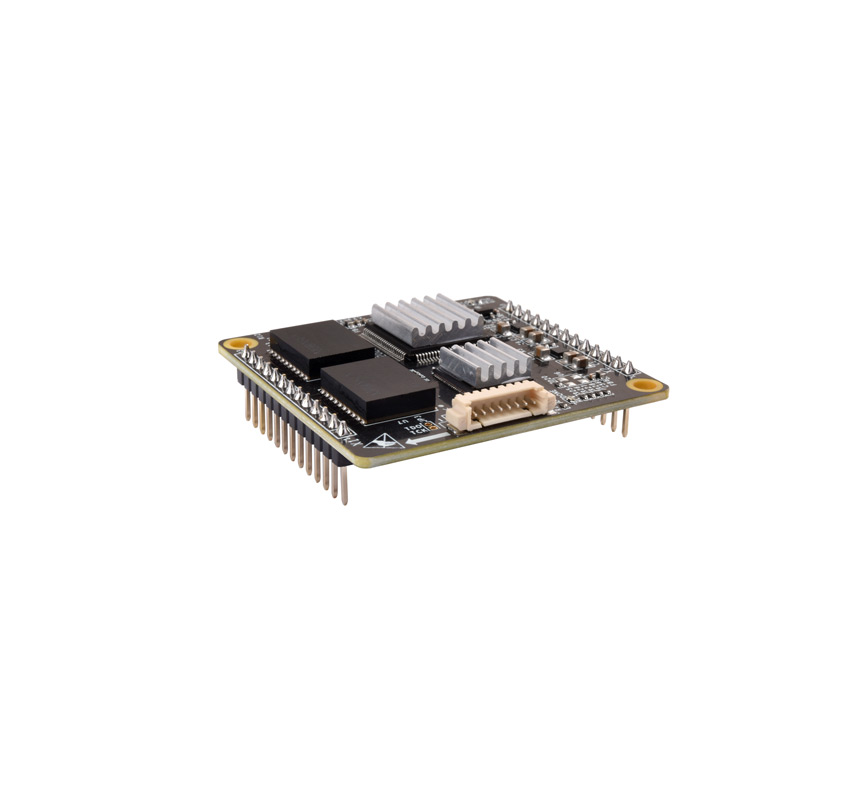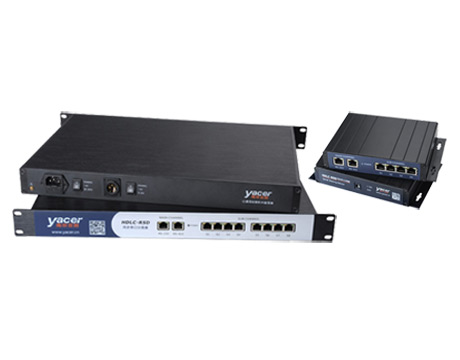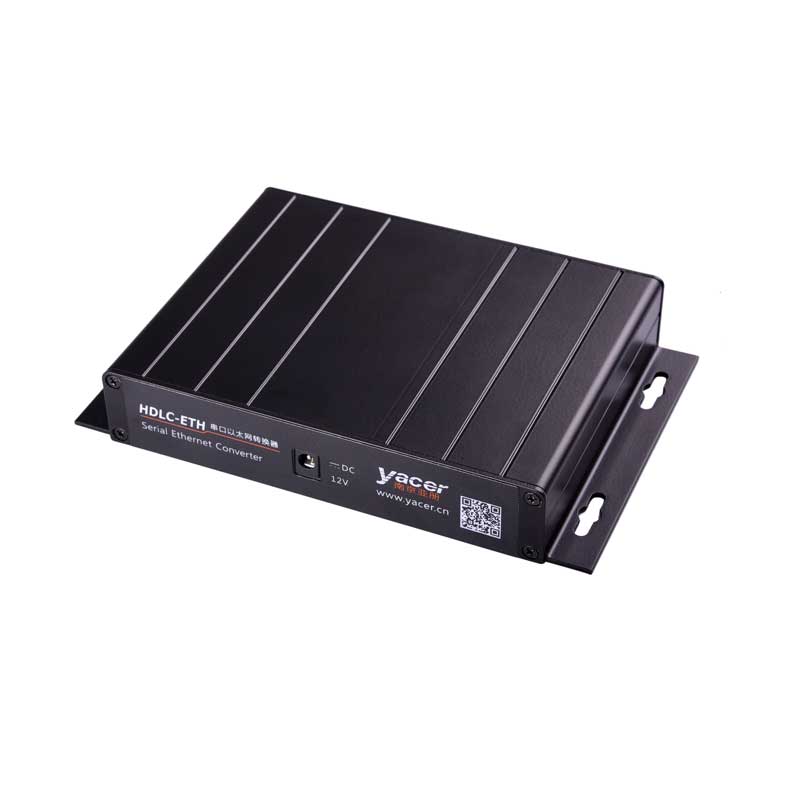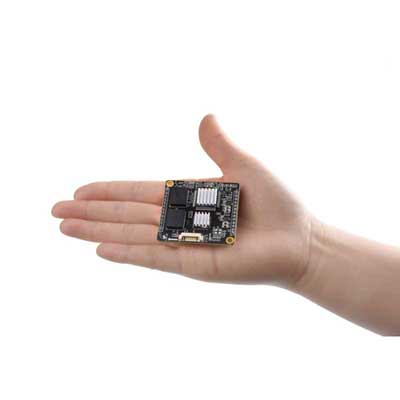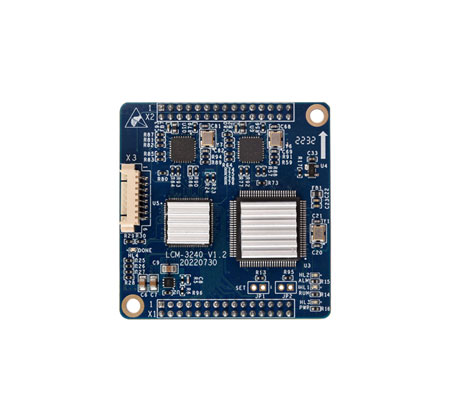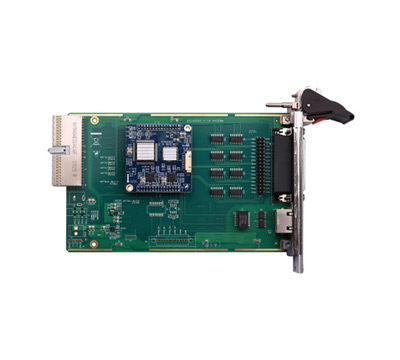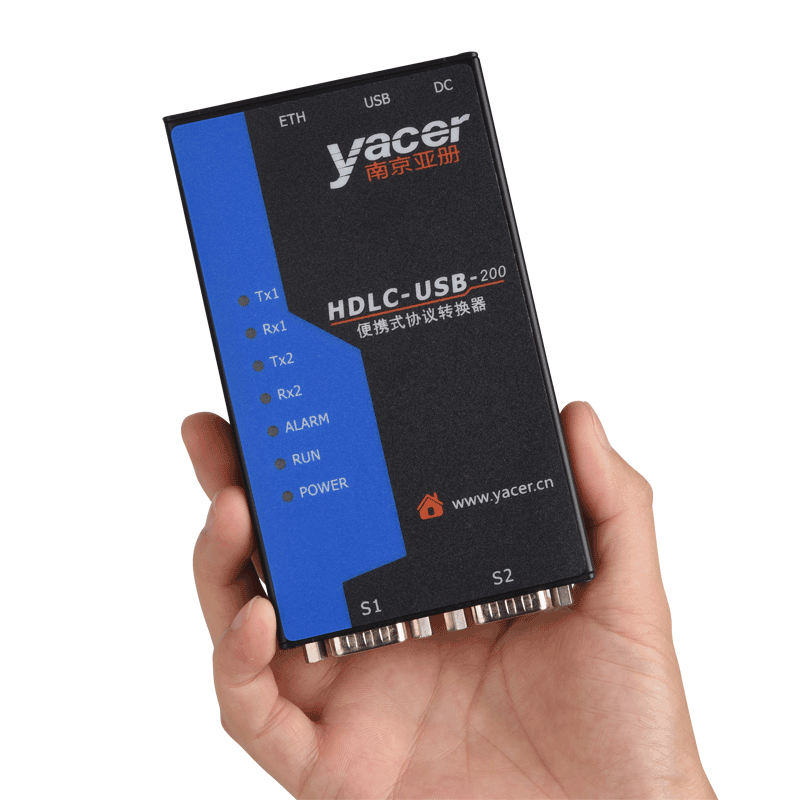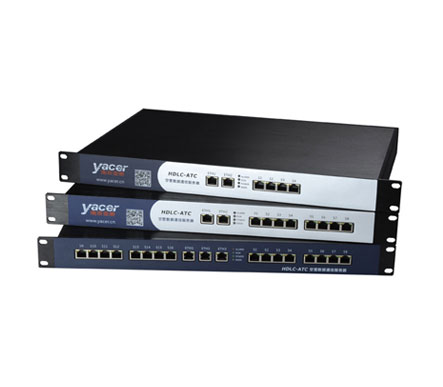In the era of booming aviation industry, the volume of air traffic is increasing daily, posing unprecedented challenges to the stability, efficiency, and scalability of Air Traffic Management (ATM) systems. Among numerous communication protocols, High-Level Data Link Control (HDLC) stands out as an indispensable key technology in air traffic management systems, playing a crucial role in ensuring aviation safety and efficient operations.
Cost Advantages: Economically Efficient Communication Solutions
1. Low Hardware Costs
HDLC protocol boasts broad compatibility, enabling implementation across various hardware platforms. Whether on traditional dedicated communication devices or modern systems based on general-purpose computer architectures, HDLC can be easily adapted. This allows air traffic control departments to construct and upgrade communication networks without the need for large-scale hardware replacements, significantly reducing hardware procurement costs. For instance, during technological upgrades of some aging control centers, simply installing HDLC-supported software and hardware modules on existing equipment enables seamless integration with new systems.
2. Controllable Maintenance Costs
Owing to its relatively simple protocol structure, HDLC maintenance is straightforward. Technicians can master its basic principles and troubleshooting methods after short-term training, reducing the training costs and time investments for professional maintenance personnel. Additionally, the high standardization of the HDLC protocol means a wealth of generic maintenance tools and diagnostic software are available in the market, further lowering maintenance difficulty and costs. Compared to some complex proprietary communication protocols, HDLC maintenance costs can be reduced by 30%-50%, saving substantial operational funds for air traffic control departments.
Efficiency Advantages: High-Speed and Stable Data Transmission Guarantees
1. Efficient Data Encapsulation and Transmission
HDLC protocol employs an efficient data encapsulation method, effectively organizing and encapsulating data at the data link layer. Through its frame structure design, it combines application layer data, control information, and checksum information rationally, minimizing data transmission overhead. In practical air traffic control communications, HDLC can achieve data transmission rates of several Mbps or even higher, meeting the real-time transmission requirements for large volumes of flight data, radar information, and control instructions. For example, when processing real-time position information from multiple aircraft, HDLC swiftly and accurately transmits this data from ground radar stations to control centers, ensuring controllers can promptly grasp aircraft dynamics and make correct decisions.
2. Powerful Error Detection and Correction Capabilities
Air traffic control communications demand extremely high data accuracy, as any data errors could lead to severe safety incidents. HDLC protocol utilizes error detection techniques such as Cyclic Redundancy Check (CRC) to swiftly and accurately detect errors during data transmission. Upon detecting an error, HDLC also features an automatic retransmission mechanism to ensure data integrity and accuracy. In practical applications, the bit error rate of HDLC can be as low as below 10⁻⁹, significantly enhancing the reliability of air traffic control communications.
Scalability Advantages: Flexible Architecture for Future Development
1. Easy Integration of New Devices and Technologies
As aviation technology advances, air traffic management systems need to continually incorporate new devices and technologies, such as novel radars and satellite communication equipment. HDLC protocol offers excellent openness and scalability, facilitating seamless integration with these new devices. Its standardized interfaces and protocol specifications enable interoperability among devices from different manufacturers, providing convenience for upgrading and expanding air traffic management systems. For instance, when introducing new satellite communication equipment, simply adding an HDLC-supported satellite communication module to the existing system enables seamless connection to the satellite network without extensive system overhauls.
2. Support for Large-Scale Network Expansion
With the continuous increase in air traffic volume, the scale of air traffic management systems is also expanding. HDLC protocol supports various communication modes, including point-to-point, multipoint, and broadcast connections, enabling the construction of large-scale, complex communication networks. Through rational network topology design, HDLC can facilitate efficient communication among multiple control centers, ground radar stations, and aircraft, meeting the demands of future large-scale air traffic management. For example, in the vicinity of large international airports, a multi-node communication network built on the HDLC protocol enables real-time monitoring and control of multiple runways and air routes, enhancing air traffic operational efficiency.
Technological Development Trends: Leading the Future of Air Traffic Control Communications
1. Integration with Software-Defined Networking (SDN)
With the rise of software-defined networking technology, air traffic control communication networks are evolving towards intelligence and flexibility. HDLC protocol will deeply integrate with SDN technology, enabling dynamic configuration and management of communication networks through software-defined means. This will allow air traffic control departments to adjust communication resource allocations in real-time based on actual traffic volumes and demands, improving network utilization and performance. For instance, during peak traffic periods, SDN technology can dynamically increase HDLC communication link bandwidth to ensure rapid data transmission; during off-peak periods, bandwidth allocation can be reduced to lower operational costs.
2. Direction Towards High-Speed Broadband
To meet the demands of future air traffic control applications such as high-definition video surveillance and big data analytics, HDLC protocol will continually evolve towards high-speed broadband. By adopting more advanced modulation and demodulation techniques and coding algorithms, HDLC will achieve higher data transmission rates and larger bandwidth capacities. For example, future HDLC protocols may support data transmission rates of tens of Gbps or even higher, providing more robust communication support for air traffic management systems.
3. Enhanced Security Performance
In today's environment of increasing cybersecurity threats, the security of air traffic control communications is paramount. HDLC protocol will continually enhance its security performance by adopting more advanced encryption algorithms and authentication mechanisms to ensure the confidentiality, integrity, and availability of data during transmission. For instance, the introduction of quantum encryption technology will provide unconditional security guarantees for HDLC communications, preventing data interception and tampering.
In conclusion, HDLC protocol, with its significant cost advantages, efficient transmission capabilities, and strong scalability, represents an ideal communication solution for air traffic management systems. As technology continues to advance, HDLC will continue to innovate and evolve, providing even more robust technical support for the development of the air traffic control industry and leading air traffic control communications towards a safer, more efficient, and intelligent future.

